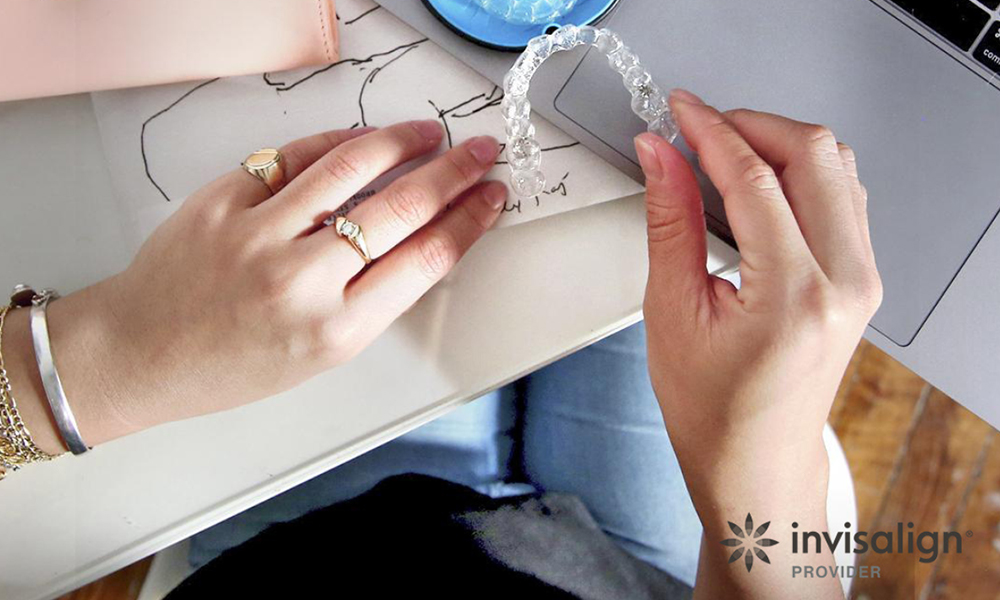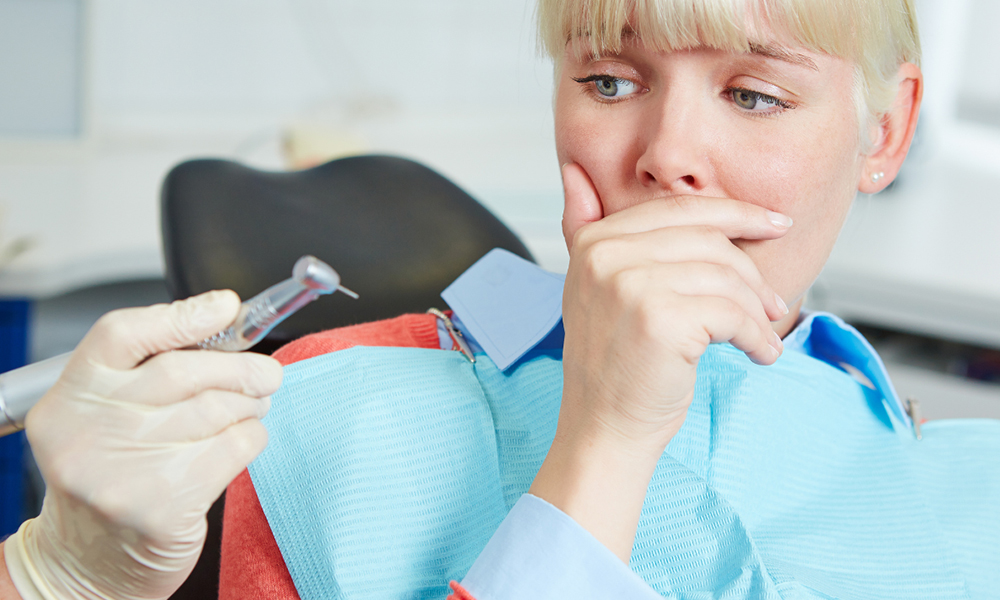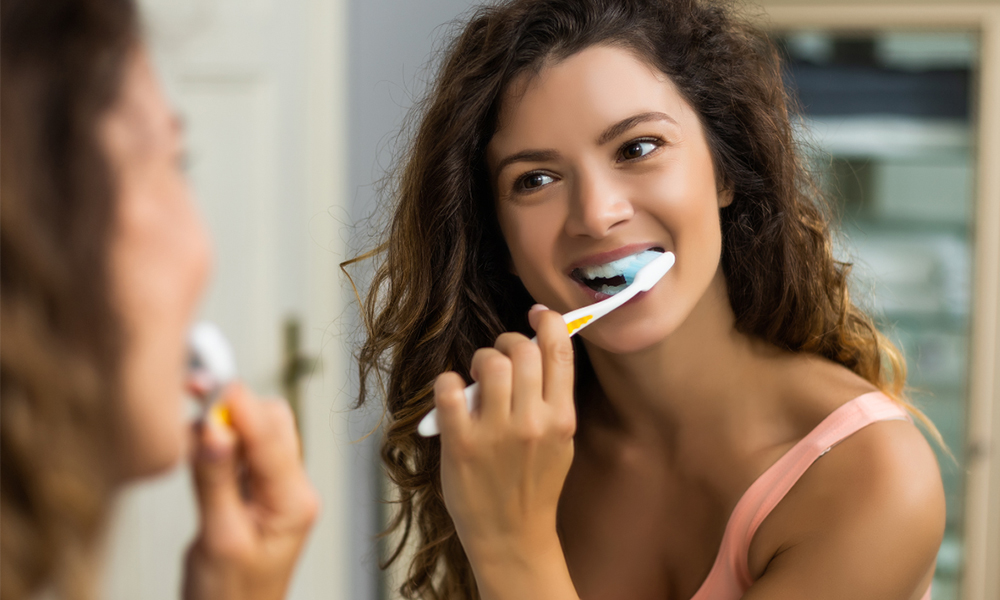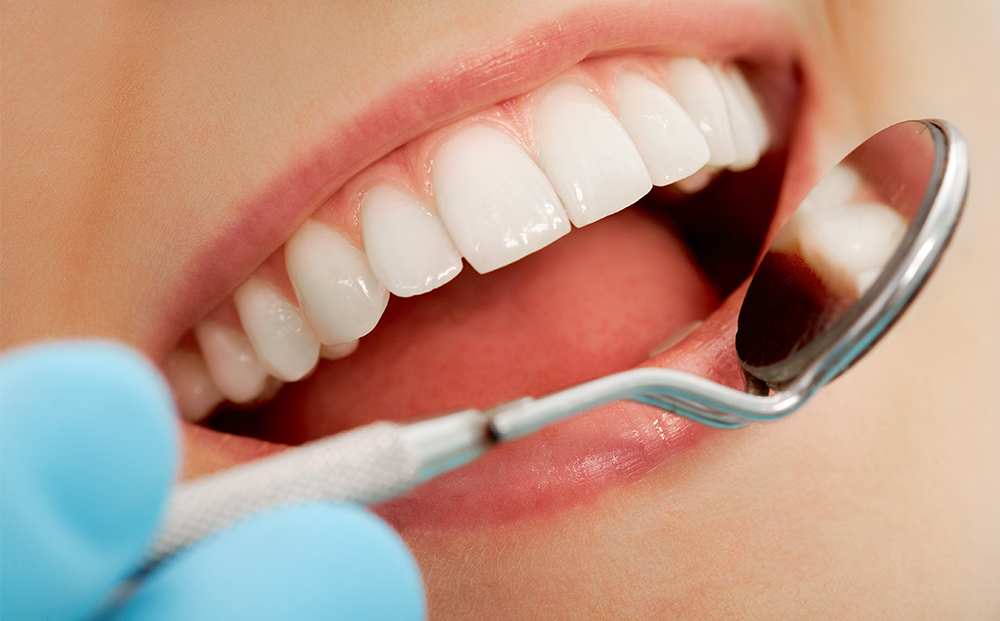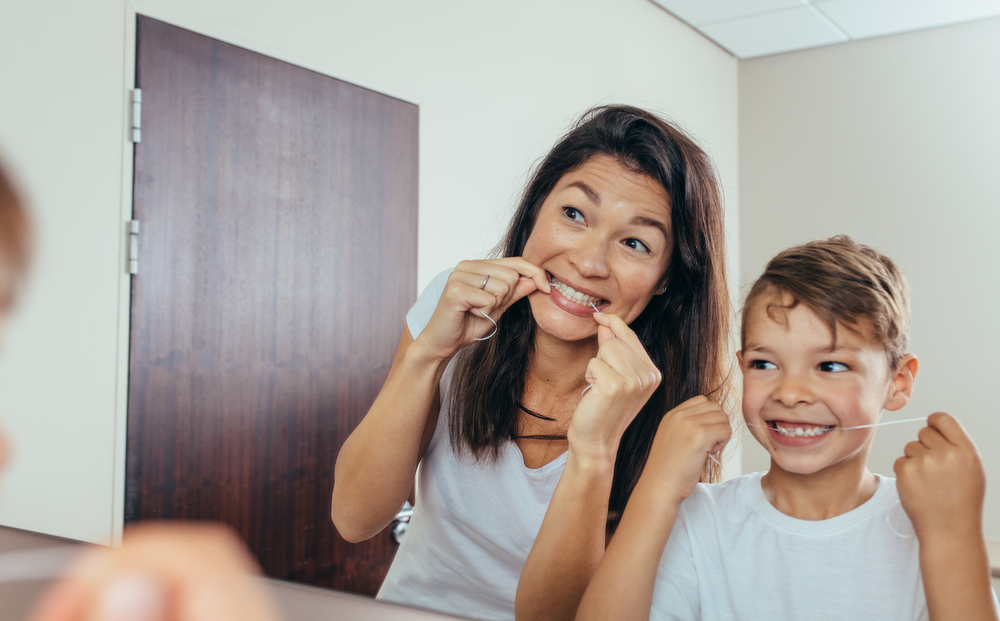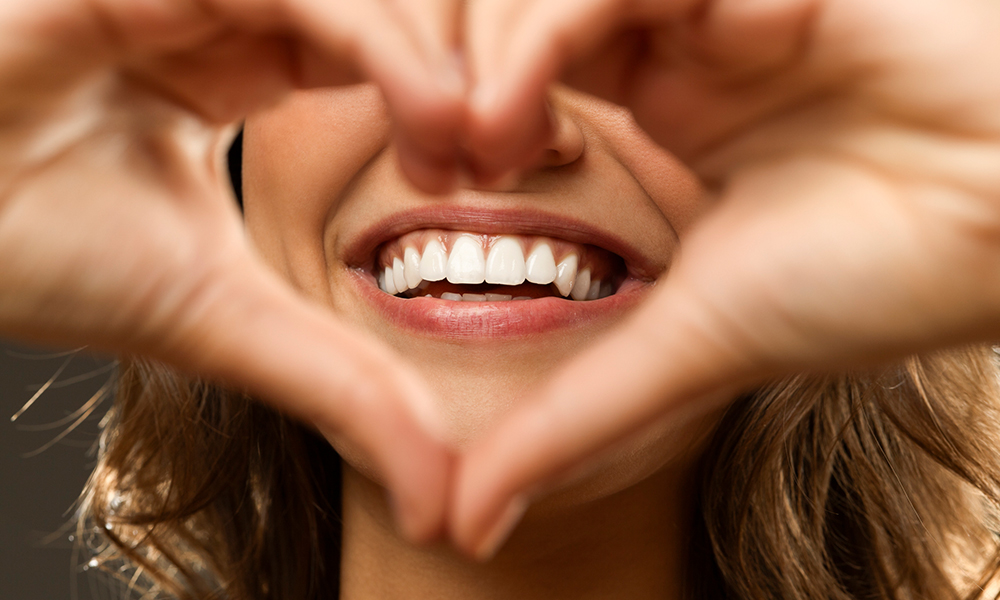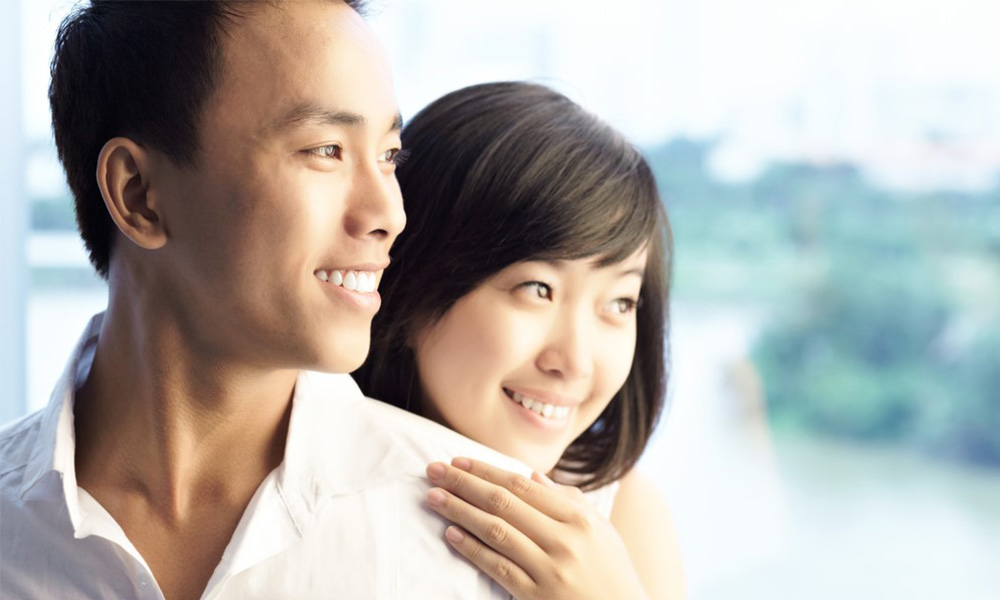

Understanding medication protocols used by emergency dental providers helps patients know what to expect during urgent care visits.
At High Park Dental Care, located at 2184A Bloor Street West in Toronto, the emergency dentist team follows proven protocols for prescribing pain relievers and antibiotics. Proper medication management is essential for controlling acute dental pain and treating infections effectively.
Dental emergencies often involve significant pain and infection that require immediate help. An experienced emergency dentist carefully selects medications based on the specific condition, patient medical history, and potential drug interactions. Knowing how a dentist providers approach pain management and antibiotic therapy helps patients feel more informed and confident during urgent dental situations.
Acute dental pain can be severe
requiring stronger medications than over-the-counter options. The dentist prescribes pain relievers based on pain severity and individual patient needs.
Most dental pain can be managed with non-opioid medications. These options provide excellent pain relief with fewer risks compared to stronger medications.
Ibuprofen (Advil, Motrin)
Ibuprofen works particularly well for dental pain because it targets swelling at the source.
Naproxen (Aleve)
Naproxen is another option that provides longer-lasting relief. The emergency dentist may prescribe naproxen when patients need 12-hour pain coverage. Typical dosing is 500 mg initially, followed by 250 to 500 mg every 12 hours.
Acetaminophen (Tylenol)
Standard dosing is 500 to 1000 mg every 6 hours. Acetaminophen can be safely combined with ibuprofen for better pain control.
For severe dental pain that doesn't respond to regular options, the emergency dentist may prescribe stronger medications. These are used carefully and for short periods only.
Codeine with Acetaminophen (Tylenol #3)
This combination medication is commonly prescribed for moderate to severe dental pain. The dentist typically provides a limited quantity with clear instructions about drowsiness risks. Patients should avoid driving while taking this medication.
Tramadol
Tramadol offers moderate pain relief with lower risk than traditional strong pain medications. The dentist may prescribe this when regular options haven't worked. Typical dosing is 50 to 100 mg every 4 to 6 hours as needed.
Dental infections require prompt antibiotic treatment
to prevent serious problems. The dentist selects antibiotics based on the type and severity of infection.
Amoxicillin
Patients should report any signs of allergic reaction immediately, including rash, itching, or difficulty breathing.
Augmentin (Amoxicillin-Clavulanate)
This combination antibiotic is prescribed when the dentist suspects resistant bacteria. It provides broader coverage for complex infections. Typical dosing is 875 mg twice daily for 7 to 10 days. Taking this medication with food reduces stomach upset.
Clindamycin
Patients should take clindamycin with a full glass of water. Contact the dentist if severe diarrhea develops during treatment.
Azithromycin (Z-Pack)
Azithromycin offers convenient once-daily dosing. The emergency dentist may prescribe 500 mg on day one, then 250 mg daily for days 2 through 5. This shorter treatment course is easier for patients to complete.
Metronidazole (Flagyl)
Metronidazole targets specific bacteria commonly found in dental abscesses. The dentist often combines this with other antibiotics for severe infections. Standard dosing is 500 mg three times daily for 7 days.
Patients must avoid all alcohol during treatment and for 48 hours after completion. The combination causes severe nausea and vomiting.
The dentist considers multiple factors when selecting the appropriate antibiotic for each patient.
Mild infections with localized swelling may respond to oral antibiotics alone. Severe infections require more aggressive treatment when they involve:
Patients with severe infections may need hospital care. The dentist coordinates with medical providers when necessary.
Preventing dangerous drug interactions is critical. The dentist carefully reviews medications to protect patient safety.
Blood Thinners and Pain Medications
Patients taking blood thinners face increased bleeding risk when combined with ibuprofen. The emergency dentist typically recommends acetaminophen instead.
Antibiotics and Birth Control
Some antibiotics reduce the effectiveness of birth control pills. The dentist advises patients to use backup protection during antibiotic treatment and for one week after finishing.
Metronidazole and Alcohol
This combination causes severe reactions including nausea and vomiting. The emergency dentist provides clear warnings about avoiding all alcohol during treatment.
Accurate allergy documentation prevents dangerous reactions. The emergency dentist asks detailed questions about previous reactions to medications and specific symptoms experienced.
Proper medication use ensures the best results.
The emergency dentist at High Park Dental Care provides detailed instructions including:
Patients should contact the emergency dentist if medications aren't providing relief or if concerning side effects develop.
At High Park Dental Care, the emergency dentist team uses proven protocols to manage pain and infection effectively. Experiencing dental pain or infection? Contact High Park Dental Care at (416) 766-6383 for prompt emergency dentist evaluation and treatment.

Cosmetic dentistry has evolved dramatically in recent years
offering more options than ever for achieving a beautiful smile. At High Park Dental Care, located at 2184A Bloor Street West in Toronto, the team stays current with the latest aesthetic treatments and technologies. As a dentist in High Park serving the community, providing natural-looking smile transformations using advanced techniques is a passion and specialty.
More people are investing in their smiles as cosmetic dentistry becomes increasingly accessible and affordable. Modern treatments deliver stunning results with minimal discomfort and shorter recovery times. Understanding the latest trends and options available from a dentist in High Park helps patients make informed decisions about their smile makeover journey.
Today's cosmetic dentistry offers a wide range of treatments
to address various aesthetic concerns. The dentist in High Park at High Park Dental Care provides comprehensive options tailored to individual needs and goals.
Porcelain veneers remain one of the most popular cosmetic treatments for dramatic smile makeovers. These thin shells of dental ceramic bond to the front of teeth, correcting multiple issues simultaneously.
The process typically requires two to three visits. During the first appointment, teeth are prepared and impressions are taken. Custom veneers are crafted in a dental laboratory to match the desired shape, size, and color. At the final appointment, veneers are bonded permanently to the teeth.
Modern veneers look incredibly natural and can last 10 to 15 years with proper care. The results are immediate and transformative, making veneers a favorite choice for complete smile makeovers.
Teeth whitening continues to be the most requested cosmetic dental treatment. Professional whitening from a dentist in High Park delivers superior results compared to over-the-counter products.
In-office whitening treatments can brighten teeth by several shades in just one appointment. The process uses professional-strength bleaching agents activated by special lights. Results are visible immediately, making this option perfect for special events or quick transformations.
Take-home whitening kits offer a more gradual approach with custom-fitted trays. Patients wear the trays with professional-grade whitening gel for a specified time each day. Results develop over one to two weeks, allowing for more control over the final shade.
Both options are safe and effective when supervised by a dental professional. The dentist in High Park helps patients choose the best whitening method based on their goals, sensitivity levels, and lifestyle.
Composite bonding provides a conservative, affordable option for minor cosmetic improvements. This treatment uses tooth-colored resin to reshape, repair, or enhance teeth in a single visit.
The procedure requires minimal tooth preparation and can often be completed without anesthesia. The dentist applies and sculpts the composite material directly on the tooth, then hardens it with a special light. Results are immediate and natural-looking.
While bonding isn't as durable as veneers, it offers an excellent entry point for cosmetic dentistry. The treatment is reversible and can be updated or replaced as needed.
Advanced technology has revolutionized planning
for cosmetic dentistry. The dentist in High Park uses digital tools to help patients visualize their results before treatment begins.
Digital smile design software creates a virtual preview of the proposed treatment outcome. Using photographs and digital scans, the dentist designs the ideal smile based on facial features, proportions, and patient preferences.
Patients can see exactly how their smile will look after treatment. This eliminates uncertainty and allows for adjustments before any work begins.
Complex smile makeovers often involve multiple procedures performed in a specific sequence. Digital planning helps the dentist in High Park create an efficient treatment timeline that minimizes appointments and maximizes results.
The software can simulate how different treatment combinations will look. Patients can compare options like veneers versus orthodontics or see how whitening affects the overall result.
A comprehensive consultation is the foundation
of any successful smile makeover. The dentist in High Park takes time to understand each patient's unique goals and concerns.
The consultation begins with a thorough examination of teeth, gums, and overall oral health. Any underlying issues like decay or gum disease must be addressed before cosmetic work begins.
The dentist discusses what patients like and dislike about their current smile. Patients share inspiration photos or describe their ideal smile characteristics.
Based on the assessment, the dentist in High Park presents treatment options ranging from conservative to comprehensive.
While cosmetic dentistry requires upfront investment, the benefits extend far beyond appearance. A confident smile positively impacts career, relationships, self-esteem, and quality of life.
At High Park Dental Care, creating beautiful, natural-looking smiles using the latest cosmetic dentistry techniques is a specialty. The combination of advanced technology, artistic skill, and personalized care delivers results that exceed expectations.
Ready to explore your smile makeover options? Contact High Park Dental Care at (416) 766-6383 to schedule a cosmetic dentistry consultation today.


